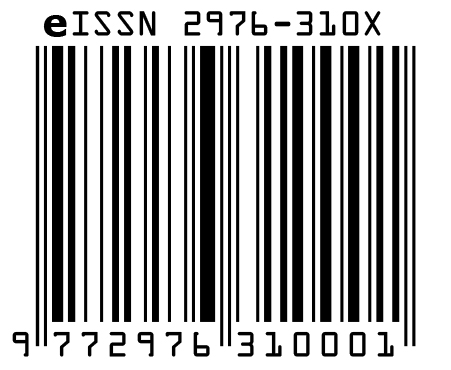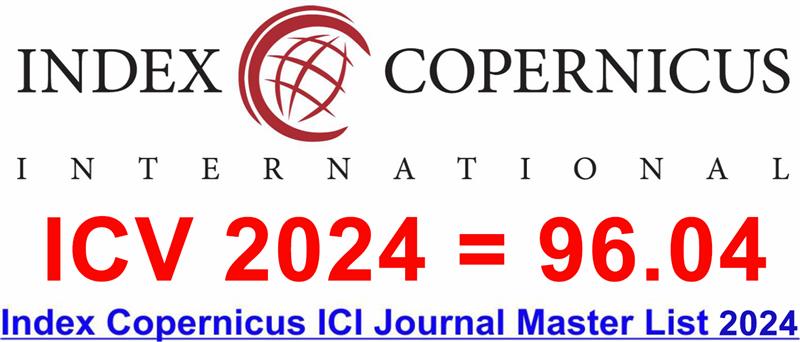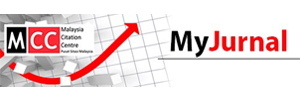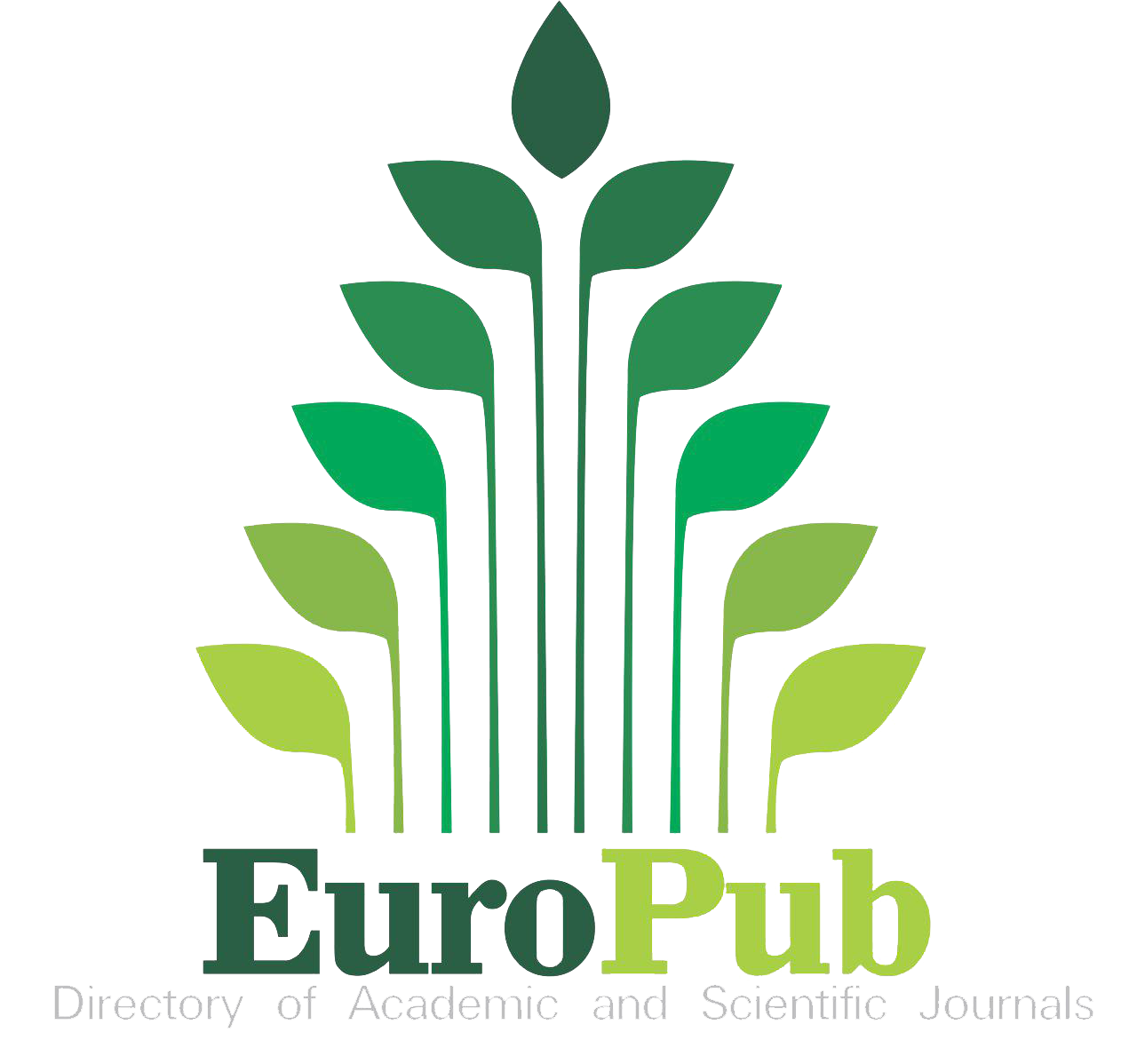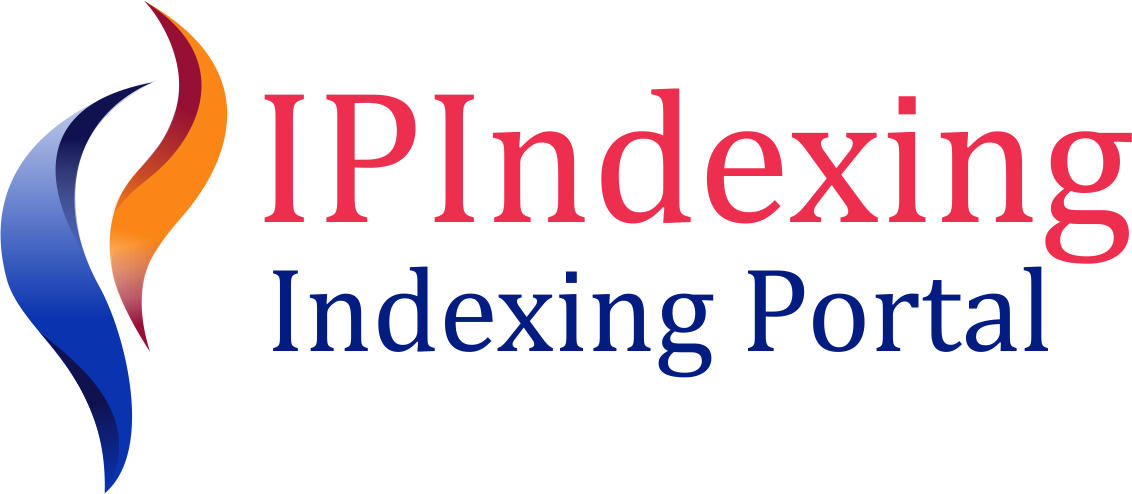Exploring Factors Impacting Organizational Adaptation Capacity of Punjab Agriculture & Meat Company (PAMCO)
DOI:
https://doi.org/10.60072/ijeissah.2023.v2i01.001Abstract
Background: Worldwide organizations face various risks, and the key to sustainability is adaptive capacity linked to resilience. The study is part of the Ph.D. thesis for the capacity assessment of PAMCO under environmental factors. PAMCO, a government entity, is mandated to establish modern Halal meat processing & value addition facilities under the global quality compliance regime and institute a service delivery platform to promote commercial meat production, processing, value addition, and marketing mechanism. Aim: This study explored factors influencing PAMCO’s adaptation capacity to respond to disruptions. Methods: A study on PAMCO’s organizational resilience has been performed using a mixed-method approach. The corporate and financial records of the organizations have been reviewed critically, and the issues highlighted have been discussed with the senior management to finalize the findings. Sample: Thirty respondents were selected using the non-probabilistic purposive sampling method comprising management officials from different cadres. Results: The results display that several variables positively impact adaptation capacity directly and indirectly through mediation and serial mediation. The hypotheses’ results supported the hypothesized model. Conclusion: The study highlighted the importance of leadership and vision sharing along with the need for establishing a risk management culture within the organization, where risk management is seen as a shared responsibility in developing the organization’s adaptive capacity.
Keywords:
Risk, Organizational Resilience, Sustainability;, Adaptation Capacity, LeadershipReferences
Ab Hamid, M. R., Sami, W., & Mohmad Sidek, M. H. (2017). Discriminant Validity Assessment: Use of Fornell & Larcker criterion versus HTMT Criterion. Journal of Physics: Conference Series, 890(1), 012163. https://doi.org/10.1088/1742-6596/890/1/012163
Allred, C. R., Fawcett, S. E., Wallin, C., & Magnan, G. M. (2011). A Dynamic Collaboration Capability as a Source of Competitive Advantage. Decision Sciences, 42(1), 129–161. https://doi.org/10.1111/J.1540-5915.2010.00304.X
Annarelli, A., & Nonino, F. (2016). Strategic and operational management of organizational resilience: Current state of research and future directions. Omega (United Kingdom), 62, 1–18. https://doi.org/10.1016/j.omega.2015.08.004
Behzadi, G., Justin, M., Sullivan, O., Lennon, T., & Zhang, A. (2018). Agribusiness supply chain risk management: A review of quantitative decision models R. Omega, 79, 21–42. https://doi.org/10.1016/j.omega.2017.07.005
Ben-Amar, W., Boujenoui, A., & Zéghal, D. (2014). The Relationship between Corporate Strategy and Enterprise Risk Management: Evidence from Canada. Journal of Management and Strategy, 5(1), 1–17. https://doi.org/10.5430/jms.v5n1p1
Bogodistov, Y., & Wohlgemuth, V. (2017). Enterprise risk management: a capability-based perspective. Journal of Risk Finance, 18(3), 234–251. https://doi.org/10.1108/JRF-10-2016-0131
Boyabatl, O., Nguyen, J., & Wang, T. (2017). Manufacturing & Service Operations Management Capacity Management in Agricultural Commodity Processing and Application in the Palm Industry https://ink.library.smu.edu.sg/cgi/viewcontent.cgi?article=4187&context=lkcsb_research
Bundy, J., Pfarrer, M. D., Short, C. E., & Coombs, W. T. (2017). Crises and Crisis Management: Integration, Interpretation, and Research Development. In Journal of Management (Vol. 43, Issue 6). https://doi.org/10.1177/0149206316680030
Damanpour, F., & Schneider, M. (2006). Phases of the adoption of innovation in organizations: Effects of environment, organization and top managers. British Journal of Management, 17(3), 215–236. https://doi.org/10.1111/J.1467-8551.2006.00498.X
Dionne, G. (2013). Risk management: History, definition, and critique. Risk Management and Insurance Review, 16(2), 147–166. https://doi.org/10.1111/RMIR.12016
Dixon, S., Meyer, K., & Day, M. (2014). Building dynamic capabilities of adaptation and innovation: A study of micro-foundations in a transition economy. Long Range Planning, 47(4), 186–205. https://doi.org/10.1016/J.LRP.2013.08.011
Dvorsky, J., Belas, J., Gavurova, B., & Brabenec, T. (2021). Business risk management in the context of small and medium-sized enterprises. Economic Research-Ekonomska Istrazivanja , 34(1), 1690–1708. https://doi.org/10.1080/1331677X.2020.1844588
Hair, J. F., Black, W. C., Babin, B. J., Anderson, R. E., & Tatham, R. L. (1998). Multivariate data analysis. Uppersaddle River. Multivariate Data Analysis (7th ed) Upper Saddle River, 5(3), 207-219. https://www.drnishikantjha.com/papersCollection/Multivariate%20Data%20Analysis.pdf
Hair, J. F., Risher, J. J., Sarstedt, M., & Ringle, C. M. (2019). When to use and how to report the results of PLS-SEM. European Business Review, 31(1), 2–24. https://doi.org/10.1108/EBR-11-2018-0203
Hair Jr., J. F., Hult, G. T. M., Ringle, C. M., Sarstedt, M., Danks, N. P., & Ray, S. (2021). Partial Least Squares Structural Equation Modeling (PLS-SEM) Using R. 197. https://doi.org/10.1007/978-3-030-80519-7
Kozlowski, S. W. J., Mak, S., & Chao, G. T. (2016). Team-Centric Leadership: An Integrative Review. Annual Review of Organizational Psychology and Organizational Behavior, 3, 21–54. https://doi.org/10.1146/ANNUREV-ORGPSYCH-041015-062429
Lisdiono, P., Said, J., Yusoff, H., & Hermawan, A. A. (2022). Examining Leadership Capabilities, Risk Management Practices, and Organizational Resilience: The Case of State-Owned Enterprises in Indonesia. Sustainability (Switzerland), 14(10). https://doi.org/10.3390/su14106268
Mohammed, L. A., Aljaberi, M. A., Amidi, A., Abdulsalam, R., Lin, C. Y., Hamat, R. A., & Abdallah, A. M. (2022). Exploring Factors Affecting Graduate Students’ Satisfaction toward E-Learning in the Era of the COVID-19 Crisis. European Journal of Investigation in Health, Psychology and Education, 12(8), 1121–1142. https://doi.org/10.3390/ejihpe12080079
Morales, S. N., Martínez, L. R., Gómez, J. A. H., López, R. R., & Torres-Argüelles, V. (2019). Predictors of organizational resilience by factorial analysis. International Journal of Engineering Business Management, 11, 1–13. https://doi.org/10.1177/1847979019837046
Shad, M. K., Lai, F. W., Fatt, C. L., Klemeš, J. J., & Bokhari, A. (2019). Integrating sustainability reporting into enterprise risk management and its relationship with business performance: A conceptual framework. Journal of Cleaner Production, 208, 415–425. https://doi.org/10.1016/j.jclepro.2018.10.120
Welsh, M. (2014). Resilience and responsibility: Governing uncertainty in a complex world. Geographical Journal, 180(1), 15–26. https://doi.org/10.1111/geoj.12012
Willumsen, P., Oehmen, J., Stingl, V., & Geraldi, J. (2019). Value creation through project risk management. International Journal of Project Management, 37(5), 731–749. https://doi.org/10.1016/j.ijproman.2019.01.007
Zahra, S. A. (1996). Technology strategy and financial performance: Examining the moderating role of the firm’s competitive environment. Journal of Business Venturing, 11(3), 189–219. https://doi.org/10.1016/0883-9026(96)00001-8




